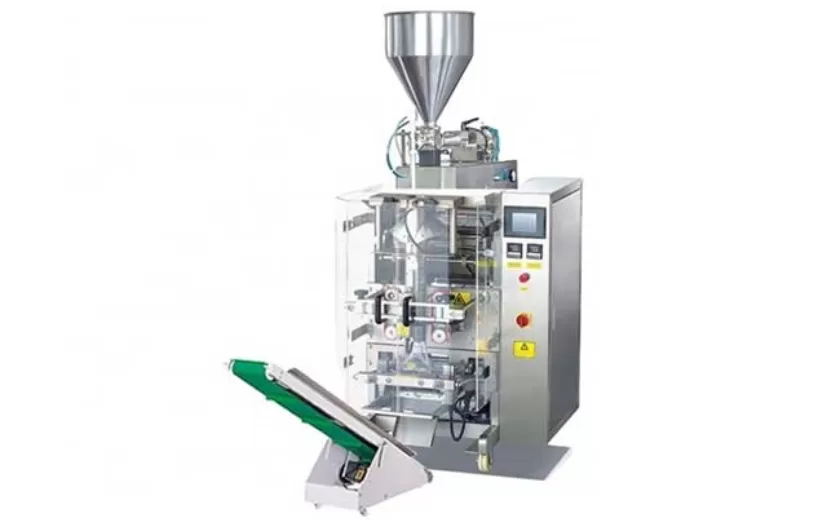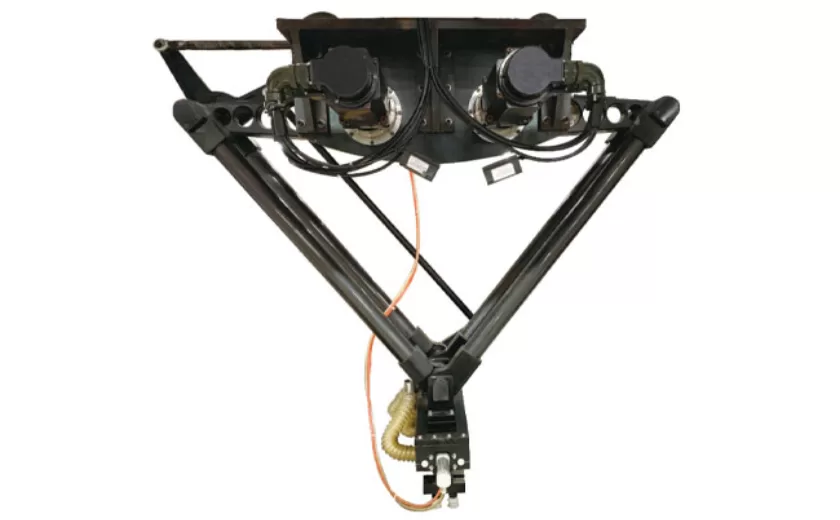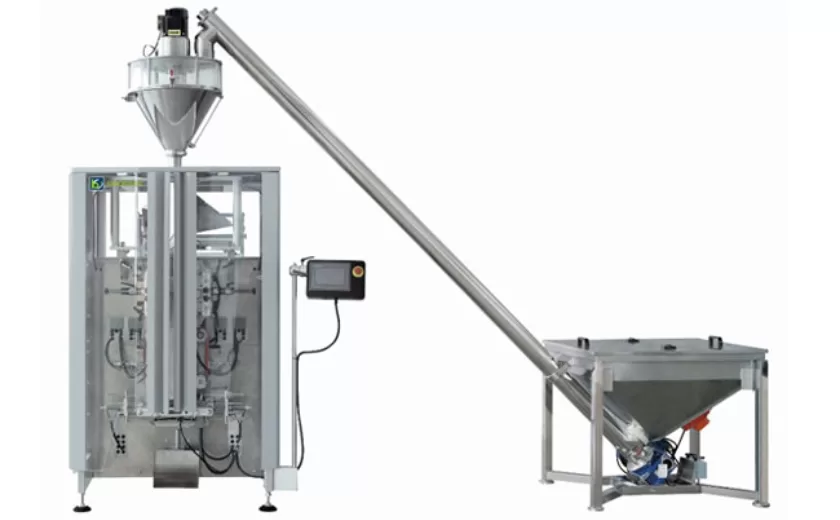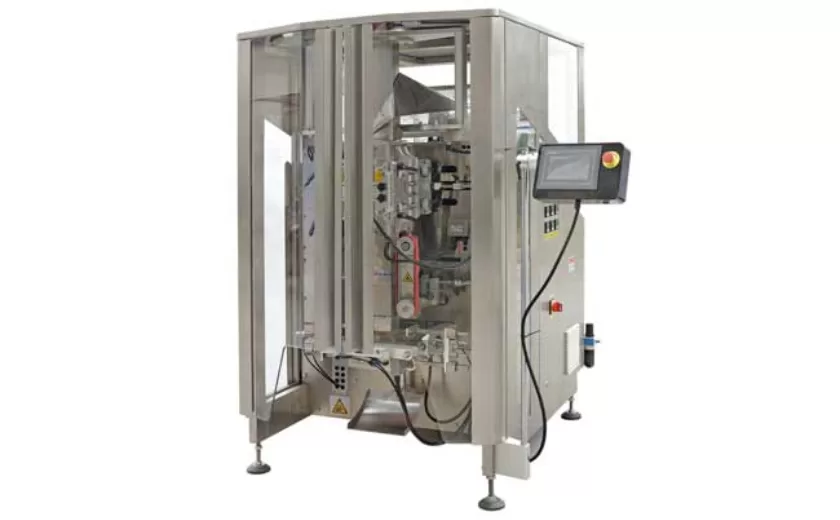Manual vs. Automatic Weighing Filling Machines- Which is Better?
Weighing filling machines are essential equipment in various industries, including food and beverage, pharmaceutical, and chemical industries. They ensure accurate and efficient filling of products into containers. However, the choice between manual and automatic weighing filling machines can be a challenge. This article explores the pros and cons of each type to help you determine the best option for your specific needs.
Accuracy and Consistency
Automatic weighing filling machines excel in accuracy and consistency. They use electronic sensors and computerized controls to precisely measure and dispense products. This eliminates human error and ensures that each filled container meets the desired weight specifications. The consistency of automated systems allows for repeatable and reliable fill rates, which is crucial for maintaining product quality and minimizing waste.
Efficiency and Speed
Automatic weighing filling machines operate at significantly higher speeds compared to manual machines. They can fill multiple containers simultaneously and perform complex filling patterns, increasing production efficiency. The reduced manual labor requirement frees up operators for other tasks, such as quality control or material handling. The higher output and reduced labor costs contribute to overall cost savings.
Flexibility and Versatility
Manual weighing filling machines are less flexible than automatic machines. They require manual adjustments and are typically limited to specific container types and product characteristics. In contrast, automatic machines offer greater flexibility to handle various container shapes, sizes, and product viscosities. They can be easily programmed to adapt to different filling parameters, making them suitable for a wider range of products.
Hygiene and Cleanability
Automatic weighing filling machines have enclosed fill heads and minimal manual contact with the product, promoting hygiene and cleanliness. The automated process reduces the risk of contamination and ensures that the filled product complies with industry standards and regulations. The ease of cleaning and sanitation of automatic machines further supports a hygienic production environment.
Cost and Maintenance
Manual weighing filling machines are typically less expensive to purchase than automatic machines. However, their lower operating costs make automatic machines more cost-efficient in the long run. Automatic machines require less maintenance and can operate longer with minimal downtime. The reduced labor requirements also contribute to lower overall costs.
The choice between manual and automatic weighing filling machines depends on the specific requirements of the production process. Manual machines offer lower initial costs but limited accuracy, speed, flexibility, and hygiene. Automatic machines provide superior accuracy, efficiency, flexibility, and hygiene but come with higher purchase costs. By carefully evaluating the factors outlined in this article, businesses can make informed decisions that align with their production goals and ensure optimal performance.
-
Advanced Packing Solutions: Snacks, Sugar, and Frozen Food Machines
29-10-2025 -
Efficient and Reliable Solutions for Salt, Nuts, and Frozen Dumplings Packing
29-10-2025 -
High-Performance Biscuits, Lollipop, and Ketchup Packing Machines for Modern Food Production
29-10-2025 -
Efficient Liquid Filling and Packing Machines for Modern Production
23-10-2025 -
Reliable Granule Packaging Machines for Efficient Production
23-10-2025 -
Efficient Auger Powder Filling Machines for Accurate Packaging
23-10-2025 -
High-Performance Liquid Filling and Packing Machines for Hygienic Production
10-10-2025 -
High-Efficiency Granule Packaging Machines for Precision and Speed
10-10-2025 -
High-Precision Auger Type Powder Filling Machines for Efficient Packaging
10-10-2025 -
Efficient Vertical Form Fill Seal Packaging Machines for Smart Production
10-10-2025











